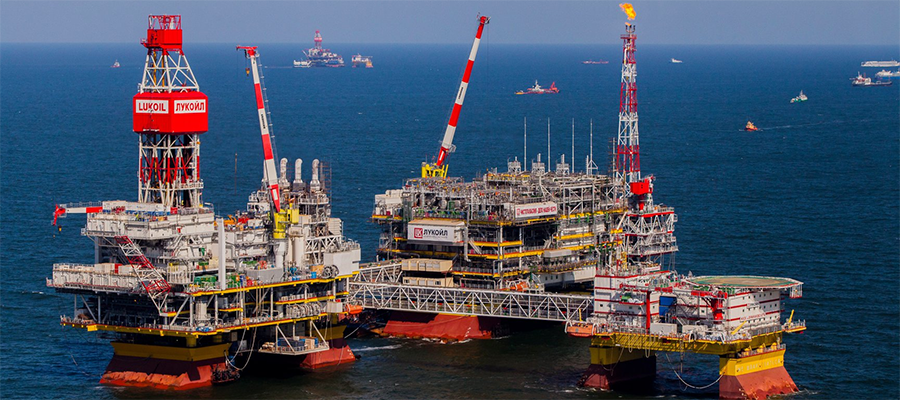Guyana has received bids for eight of 14 offshore oil and gas exploration blocks offered in its first auction that has been delayed several times since 2022.
In a statement to the press, the Ministry of Natural Resources confirmed that Exxon, Hess Corporation, and China’s CNOOC had bid as a group, while a government document also listed a separate consortium with TotalEnergies, Qatar Energy and Malaysia’s Petronas.
“We went out on auction at a time when big economies in the world are basically saying to all producers ‘we’re not going to finance’. We went to this market with 14 blocks, and we got responses for eight blocks. We are very happy,” Guyana’s President Irfaan Ali said during an event in Washington organized by the Inter-American Dialogue.
Other bidders included a consortium formed by Delcorp, Watad Energy, and Arabian Drillers; another with Liberty Petroleum and Cybele Energy; and a group composed of International Group Investment and Montego Energy, the document showed. Guyana’s Sispro submitted an offer by itself.
The government will evaluate the offers in the coming weeks before negotiating terms and awarding the contracts by Nov. 1.
Ali announced the commencement of Guyana’s inaugural bid round for 14 of its offshore oil blocks on December 9, 2022. Initially, the auction was expected to run until April 14, 2023, with contracts signed the following month. However, it was pushed to September 12 in efforts to streamline and improve the petroleum regulatory framework, and the resultant comprehensive feedback received from stakeholders.
Against this backdrop, the government said it will soon complement the model Production Sharing Agreements (PSAs) with a new Petroleum Activities Bill 2023, which will not only enhance the management of the sector but also provide improved economic measures for all licensees in the bidding round, as well as future development and production operations in Guyana’s petroleum sector.
Notably, eleven oil blocks up for auction are in the shallow area and three in the deep-water area. Each area is subject to separate public service announcements. Its area ranges from 1,000 square kilometers to 3,000 square kilometers, most of which are close to 2,000 square kilometers, according to Kaieteur news.
Oil companies are expected to pay a 10% royalty and a 10% corporate tax. Cost recovery will be capped at 65% each year, while profits will be shared 50/50 between the two parties.
Guyana is currently producing and exporting about 380,000 barrels per day (bpd) or equivalent of crude and gas, making it Latin America’s seventh-largest producer. The Exxon consortium aims at reaching 1.2 million bpd of output by 2027.
The country will soon present its strategy for natural gas, expected to help the small nation develop its power and industrial sectors.
“Not only are we going to be a major oil producer. Very soon we’ll have a national gas strategy and that itself will bring tremendous benefit to the country,” Ali said.
Separately, TotalEnergies said on Wednesday it will begin studies for developing a large oil project in neighboring Suriname’s most promising offshore area, adjacent to Exxon’s Guyanese Stabroek block.








